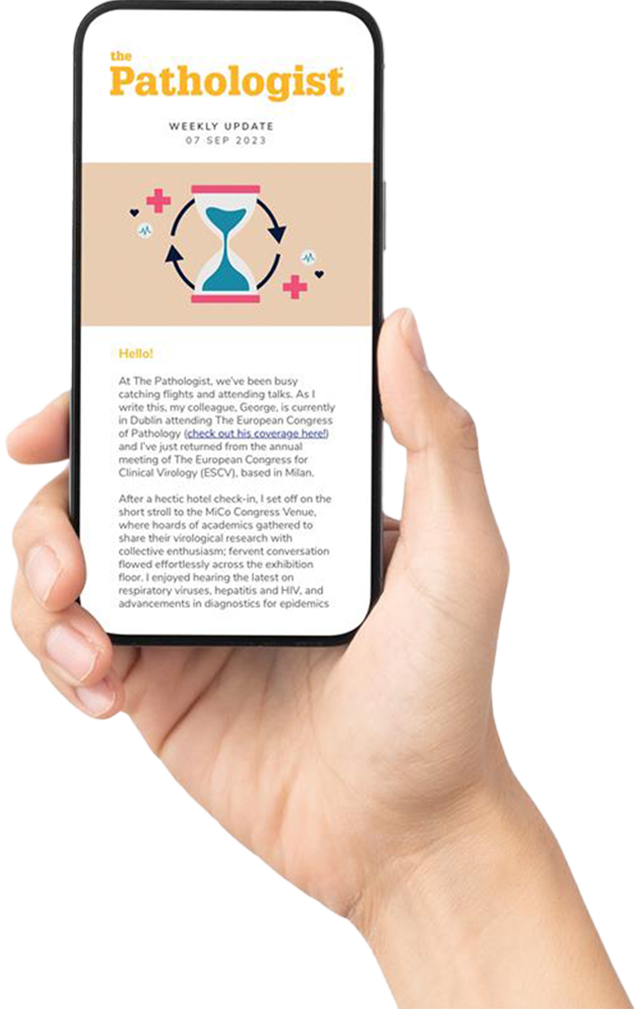The epithelial-to-mesenchymal transition produces a mesenchymal tissue type in higher chordates. It’s a central process for embrogenesis. But mesenchymal cells, unlike epithelial ones, can invade and migrate through the extracellular matrix – meaning that EMT has the potential to create invasive metastatic carcinoma cells. E-cadherin gene transfection can convert mesenchymal cells back to epithelial phenotype. Acta Anat (Basel), 154, 8–20.
Snail, Zeb and some basic helix-loop-helix (bHLH) factors induce EMT and repress E-cadherin expression. These changes are associated with tumor progression. As a result, further research into these EMT-inducing factors may ultimately have clinical implications, with the potential for targeted treatments that prevent EMT and restore E-cadherin expression. Nat Rev Cancer, 7, 415–428.
The induction of EMT in human mammary epithelial cells results in the acquisition of not only mesenchymal traits, but also properties associated with stem cells (like increased expression of stem-cell markers or the ability to form mammospheres). Stem-like cells and post-EMT cells exhibit similar behaviors and express similar markers, and post-EMT cells are more efficient at forming mammospheres, colonies and tumors. Cell, 133, 704–715.
“EMT induction in cancer cells results in the acquisition of invasive and metastatic properties.” The transition can also contribute to the emergence of cancer stem cells and drug resistance. It’s possible that reversible epigenetic changes associated with chemoresistance may depend on the differentiation state of the tumor – and thus on cancer cells’ stem cell-like characteristics or EMT status. Oncogene, 29, 4741–4751.
Cells that have undergone EMT share molecular characteristics with cancer stem cells and are associated with tumor aggressiveness and metastasis. “The acquisition of an EMT phenotype is a critical process for switching early stage carcinomas into invasive malignancies, which is often associated with the loss of epithelial differentiation and gain of mesenchymal phenotype.” Cancers (Basel), 3, 716–729.
What are the minimum molecular events necessary to induce the dissemination of epithelial cells? Expression of EMT induction factor Twist1 resulted in rapid dissemination, along with changes to extracellular compartment and cell–matrix (but not cell–cell) adhesion genes. The cells were unexpectedly able to disseminate with membrane-localized β-catenin and E-cadherin (whose knockdown strongly inhibited the process). Therefore, dissemination can occur without loss of the epithelial phenotype – indicating that cancer metastasis might also occur without EMT. J Cell Biol, 204, 839–856.
Epithelial-to-mesenchymal transition is not required for lung metastasis but contributes to chemoresistance
KR Fischer et al.
Nature, 527, 472–476.
Epithelial-to-mesenchymal transition is dispensable for metastasis but induces chemoresistance in pancreatic cancer
X Zheng et al.
Nature, 527, 525–530.
Cell fate: Transition loses its invasive edge
S Maheswaran, DA Haber
Nature, 527, 452–453.
